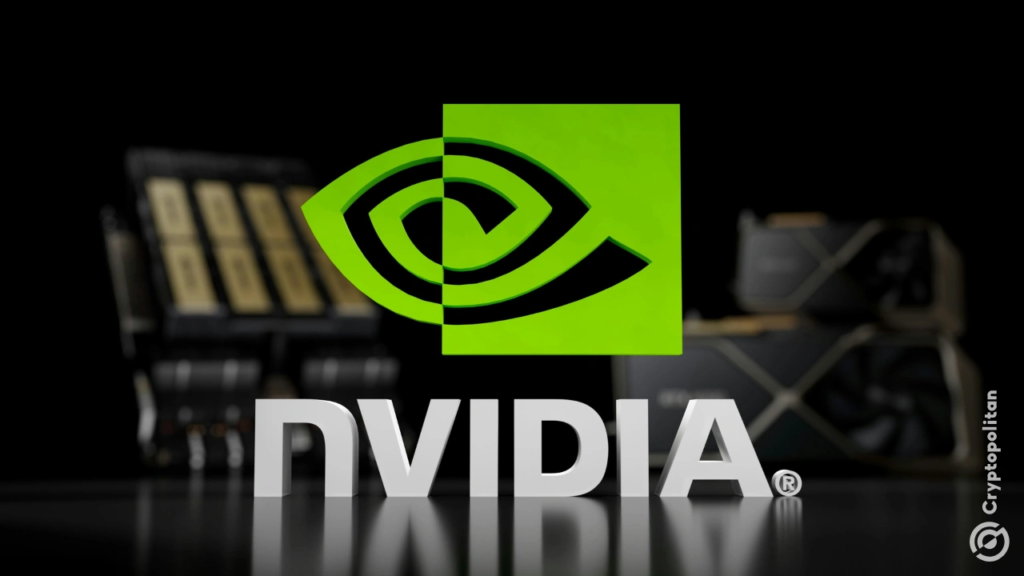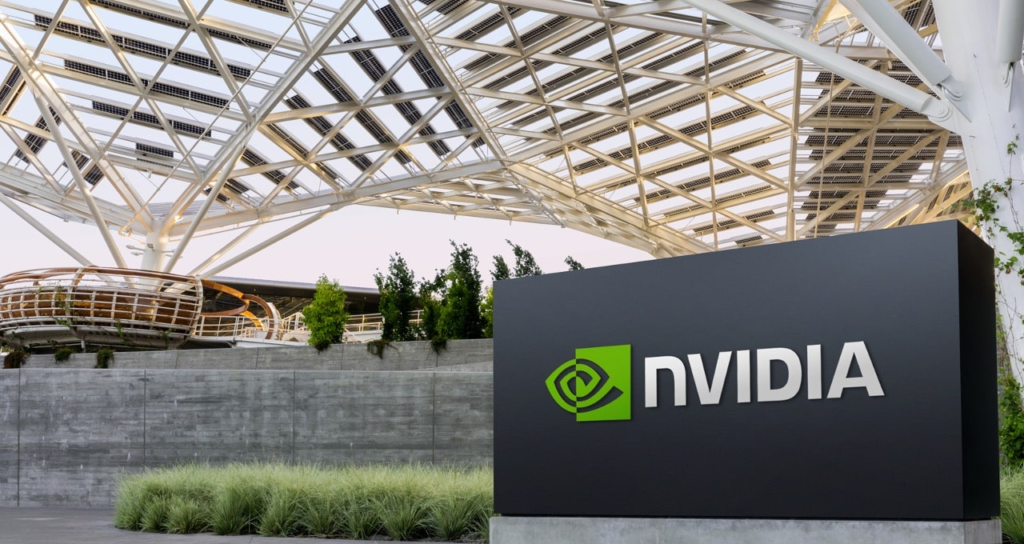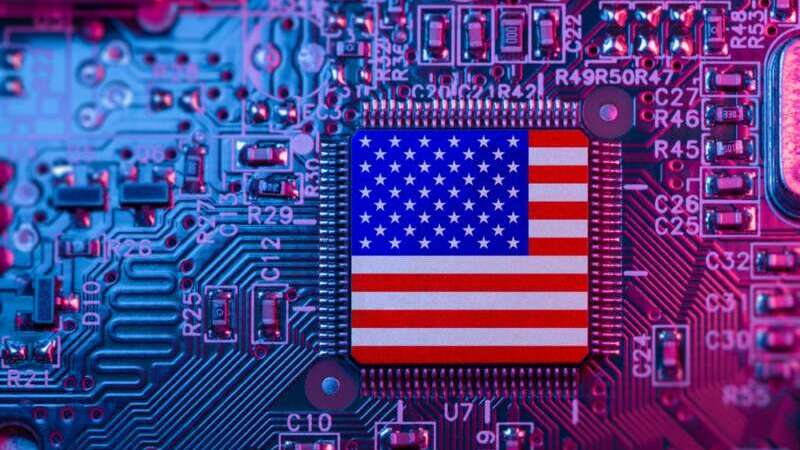In a bold move to strengthen America’s semiconductor manufacturing, Nvidia has pledged to invest “hundreds of billions of dollars” in building and expanding chip production infrastructure within the United States. This announcement comes at a crucial time when both the U.S. government and private sector are working to reduce dependence on overseas chipmakers and reinforce domestic production.
Nvidia, known worldwide for its powerful graphics processing units (GPUs) and AI hardware, is making this investment to support the growing demand for chips used in artificial intelligence, data centers, cloud computing, and autonomous technologies. The company’s CEO, Jensen Huang, recently emphasized the urgency of scaling up infrastructure in the U.S., pointing to a future where AI is deeply integrated into every industry.
“We are putting in place plans for hundreds of billions of dollars of infrastructure, and a large part of that will be based here in the United States,” Huang said during a recent industry event.
Strengthening the U.S. Semiconductor Supply Chain
The global chip shortage in recent years has exposed vulnerabilities in the semiconductor supply chain. Currently, the United States produces only around 12% of the world’s semiconductors, down from 37% in 1990. With geopolitical tensions rising and supply disruptions affecting multiple industries, Nvidia’s investment aligns with national efforts to rebuild America’s chip-making capabilities.

The move also supports the Biden administration’s CHIPS and Science Act, a $52 billion package designed to boost American semiconductor production, research, and innovation. By committing such a large sum to domestic manufacturing, Nvidia is not only helping reduce supply risks but also backing the country’s broader technological and economic goals.
Learn more about the CHIPS and Science Act here
Manufacturing Partners and Potential Locations
While Nvidia doesn’t manufacture its own chips, it heavily relies on partners like Taiwan Semiconductor Manufacturing Company (TSMC) and Samsung to produce its advanced GPUs. To bring production closer to home, Nvidia is now exploring partnerships with U.S.-based foundries such as Intel Foundry Services and GlobalFoundries.
This shift may also include investment in existing or new facilities in states like Arizona, Texas, and New York—regions already positioned as semiconductor hubs due to federal and state-level incentives. These areas are also seeing large-scale development from other chipmakers, making them strategic choices for Nvidia’s expansion.
“We are working closely with foundry partners that are building fabs in the U.S.,” Huang said. “The future of AI infrastructure must be local, and we’re making that happen.”
Building a local chip ecosystem not only shortens the supply chain but also reduces dependency on Asia, especially Taiwan, which currently leads in cutting-edge chip manufacturing.
Boosting AI, Data Centers, and National Security
Nvidia’s investment in U.S. chip infrastructure is not just about business—it’s also about security and strategic advantage. Nvidia’s AI chips are essential in powering technologies like machine learning, natural language processing, robotics, supercomputers, and autonomous systems. As these technologies become central to economic competitiveness and national defense, control over their supply becomes critical.

Chips like the Nvidia H100 and upcoming Blackwell GPUs are in massive demand worldwide, especially as AI adoption continues to surge in enterprise and government sectors. By localizing chip production, Nvidia helps ensure secure, uninterrupted access to these high-performance processors.
“AI will transform every industry,” Huang said. “By building infrastructure in the U.S., we’re helping ensure that America leads the next industrial revolution.”
Job Creation and Economic Growth
This large-scale investment by Nvidia is expected to create tens of thousands of new jobs across the United States. These jobs will span manufacturing, engineering, research and development, construction, logistics, and operations. Local communities will benefit from the economic boost as new facilities are built and regional tech ecosystems expand.
Nvidia has already started hiring more people for its U.S. offices and research labs, and it’s expected that this trend will accelerate as new chip infrastructure plans unfold. The company may also work with universities and training centers to develop skilled talent needed to support its growth.
Check Nvidia’s official careers page for updates on job openings
A Strategic Bet with Global Impact
Nvidia’s promise of “hundreds of billions” is not just a company announcement—it’s a bold signal to the rest of the world. It shows that America’s tech leaders are ready to bring manufacturing home and take control of the future. As other nations race to strengthen their own chip industries, Nvidia’s move positions the U.S. as a key player in the global semiconductor battle.

The COVID-19 pandemic, chip shortages, and rising geopolitical tensions have pushed companies to rethink global supply chains. Nvidia’s new strategy could inspire similar moves from other major tech firms like AMD, Qualcomm, and Apple, leading to a broader reshaping of the chip industry.
This shift will likely reduce risks related to overseas production, improve delivery timelines, and offer better protections for intellectual property. It also ensures that American companies remain competitive in the global AI and semiconductor race.
Final Thoughts
Nvidia’s commitment to investing hundreds of billions in U.S. chip manufacturing marks a major turning point in both the company’s journey and the future of American technology. As AI becomes the core engine of innovation, this investment supports not only growth in the tech industry but also economic resilience, job creation, and national security.
Nvidia’s decision reflects a growing awareness that the future must be built at home—with stronger infrastructure, trusted supply chains, and local innovation. With this move, the U.S. takes a major step closer to semiconductor self-sufficiency, backed by one of the most influential players in the global tech world.
Also Read – Nvidia Commits Huge Investment to Boost U.S. Chip Production






